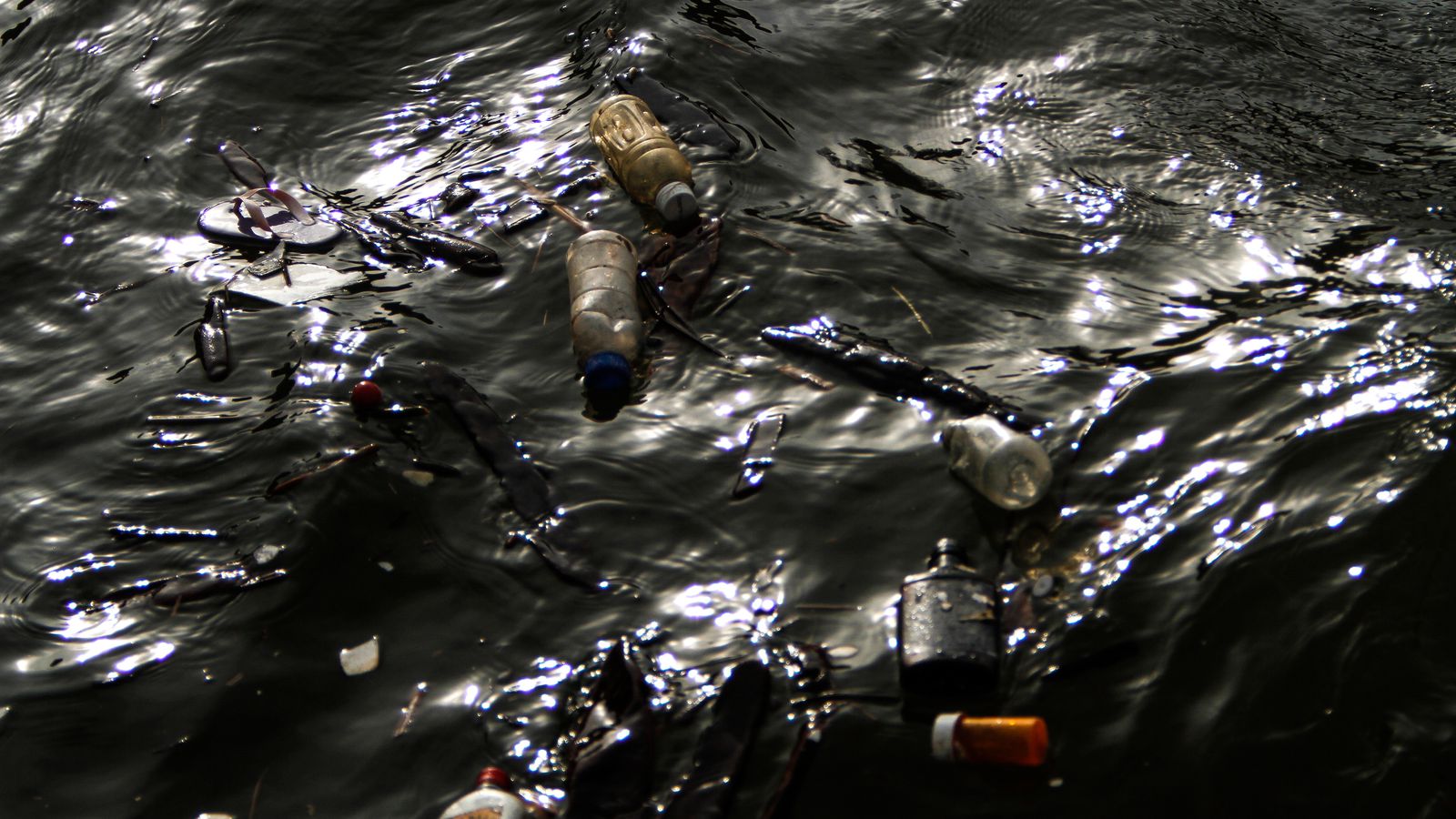Road salt on the city’s bridges raised the river’s chlorine levels, making the water more corrosive. This has continued into the present and may have been one reason poorly-treated Flint River water was so damaging to metal pipes.
I shared this because my city doesn’t use rock salt during winter, and its pretty inconvenient as a driver. So I was surprised to learn why.
It’s disingenuous to say it’s the PRIMARY contributor, but it is a factor!



Edit: As plantsmakemehappy@lemmy.world pointed out, the below is not, in fact, for the I35W bridge.
Page 96: “ The investigation identified the source of the failure as corrosion of the L8’ gusset plates, which had resulted in significant section loss and had penetrated completely through the plates at some locations. It was determined that a leaking joint above panel point U9’ had allowed salt-contaminated water to run down diagonal U9-L8’ to the lower chord gusset plates. The years of corrosive runoff had resulted in crevice corrosion, the byproduct of which had manifested itself as thin sheets of layered rust. Additionally, oxygen-rich corrosion cells had started to take root along the vertical faces at the insides of the gusset plates. The result was a line of section loss that rendered the gusset plates incapable of handling the additional loads created by the maintenance project on the day of the incident. The investigation revealed that the blooms of oxidation concealed perforations in the base metal such that the extent of corrosion could not be, and had not been, adequately assessed through visual bridge inspections.